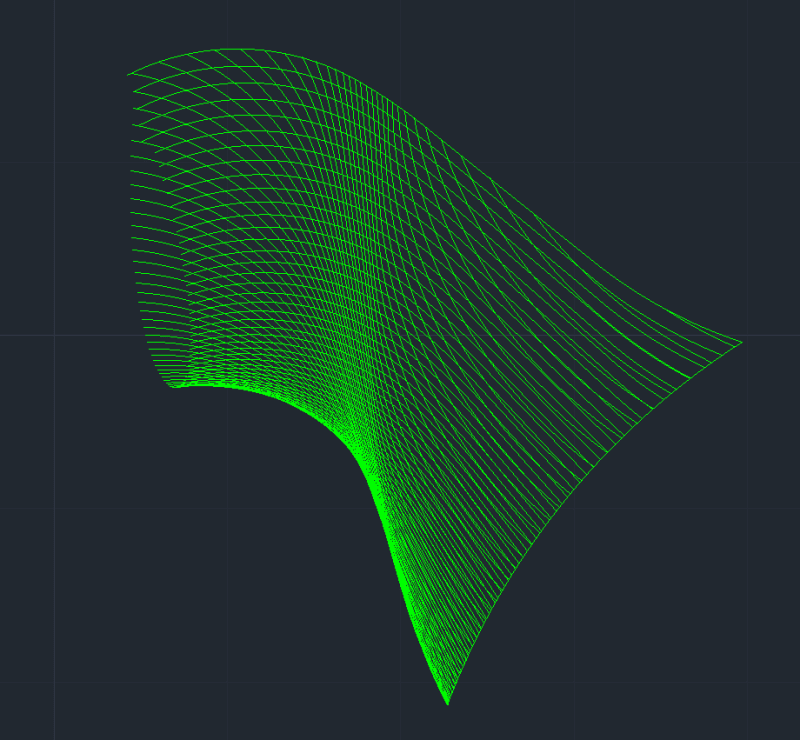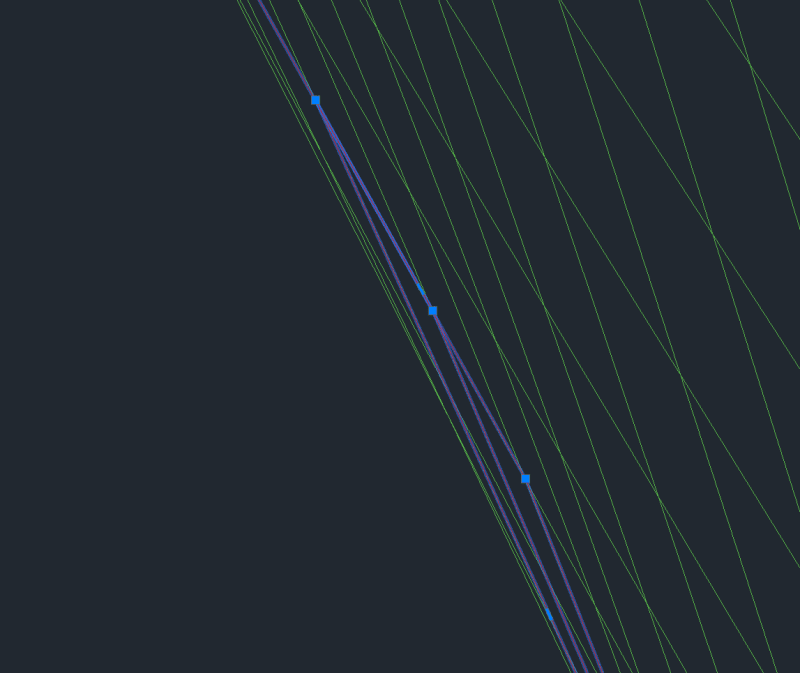This post is a quick overview of an Abto Software’s blog article.
AutoCAD is an application for seamless computer-aided design allowing users to visualize 2D and 3D drawings. The program provides capabilities including drawing and editing, layers, dimensioning, blocks, libraries, printing, plotting, external references, parametric constraints, and more.
AutoCAD is actively applied across industries for design and drafting, in particular:
- Architecture (building plans, floor layouts)
- Engineering (design structures, electrical systems)
- Construction (detailed drawings and blueprints)
- Manufacturing (product design and prototyping)
- Interior design (detailed layouts and designs)
- Urban planning (city layouts and infrastructure)
- Facility management (building layouts, facility data)
- Land surveying (survey drawings and maps)
One essential AutoCAD feature to mention is the BOUNDARY function typically used to create closed objects. More specifically, to create so-called polylines that define the perimeter of a closed set of objects.
But are there alternatives to create even more precise boundaries?
Defining the BOUNDARY function
The BOUNDARY is an essential feature, which helps to create a polyline that outlines the perimeter of objects. This command is used to create closed shapes that represent those objects.
When using the BOUNDARY, the user can select a point within the enclosed area, and AutoCAD will generate the polyline – connected sequence of lines and arcs – that traces the boundaries of surrounding design objects. Like any other object in AutoCAD, the polyline can be easily modified (edited, moved, and else).
The limitations of the BOUNDARY function
While being very useful for creating closed boundaries, the function has some notable limitations to mention. Working with intricate details or rather small elements, it can’t create mathematically precise boundaries, which might cause challenges in distinguishing close lines, misalignments, gaps, and more.
This problem becomes even more pronounced when dealing with low screen resolutions or large pixel sizes. Addressing that is important to prevent potential complications that may arise from inaccurate boundaries.
Looking closer
Let’s assume you have a mesh for a rather tricky pipe connector:
Using the BOUNDARY function, you receive a polyline:
Zooming in, you will see that the polyline is not only positioned inside of the mesh, but also has irregularities:
The extent of the described problem is dependent on your initial goals and level of precision you’re desiring. But the fact remains – to create precise polylines, you should look out for some alternative methods.
.NET plugins to create precise boundaries
If you’re struggling with creating accurate AutoCAD boundaries, you should try using custom C# .NET plugins. With algorithms, precisely configured to meet your needs and goals, custom C# .NET plugins can generate precise boundaries, delivering much better results than the AutoCAD command.
To begin, you need:
- To load the plugin using the NETLOAD command or add it manually to the Plug-ins section
- As soon as the desired plugin is loaded, you can use the provided features by the standard methods – either entering the commands in the command line or adding the commands to the tab ribbon
Final words
The standard BOUNDARY function in the AutoCAD program is an essential feature for creating closed polylines. Yet still, the command comes with various limitations – it can be used only around closed objects and doesn’t generate mathematically precise boundaries, which might affect design and further project calculations.
On the other hand, .NET plugins enable customization, accuracy, efficiency, and ease-of-use, providing a promising alternative for those who look for precision.









Top comments (0)